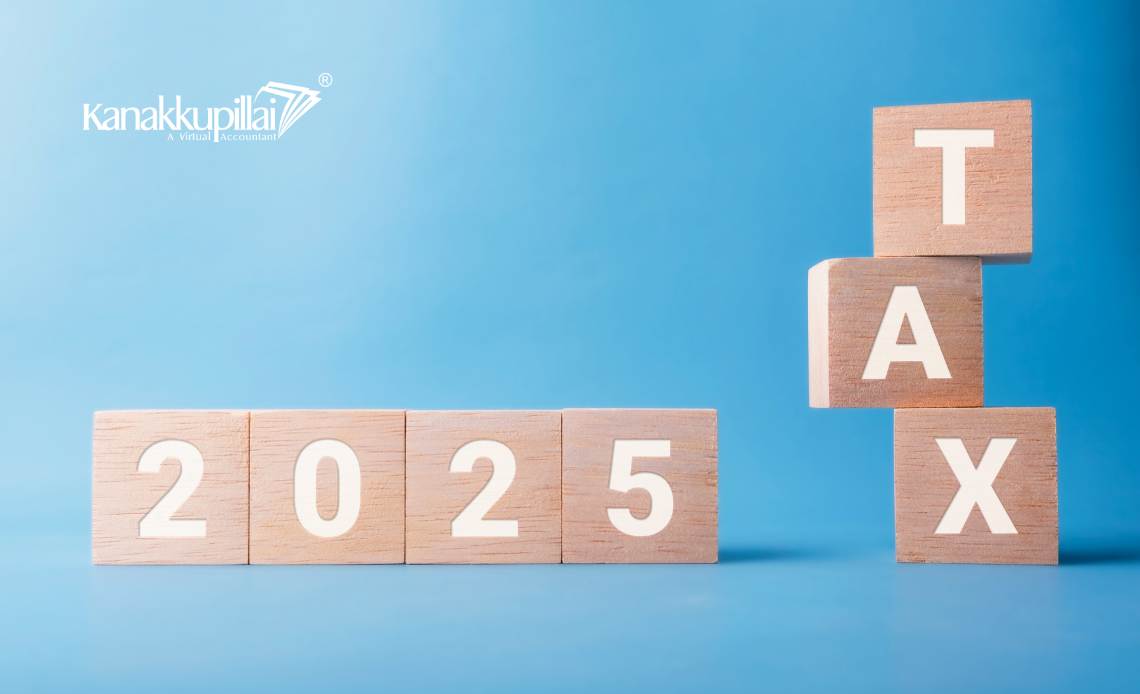The Income Tax Return (ITR) forms for Financial Year (FY) 2024–25 (Assessment Year 2025–26) have undergone significant revisions aimed at simplifying compliance, enhancing transparency, and aligning with recent tax reforms.
KEY CHANGES IN ITR FORMS – FY 2024‑25 (AY 2025‑26)
Here’s a comprehensive overview of the key changes:
1. Expanded Eligibility for ITR-1 and ITR-4
Taxpayers can now report long-term capital gains (LTCG) up to ₹1.25 lakh under Section 112A directly in ITR-1 and ITR-4, provided there are no capital losses to carry forward.
Taxpayers with capital gains exceeding the ₹1.25 lakh limit, or those earning from other types of capital assets, will still be required to file using ITR-2 or ITR-3, as applicable, under the Income Tax Act, 1961
2. Mandatory Aadhaar Number for PAN and ITR Filing
Aadhaar enrolment IDs are no longer accepted for PAN applications or income tax return (ITR) filings. Taxpayers must possess a valid Aadhaar number to proceed with the process.
3. Enhanced Disclosure Requirements for Deductions u/s 80C to 80U
Taxpayers claiming deductions under Sections 80C to 80U must provide detailed information, including:
- Insurance company names and policy numbers for life and health insurance premiums.
- Account numbers for Public Provident Fund (PPF) contributions.
- PAN of landlords for House Rent Allowance (HRA) claims exceeding ₹1 lakh annually.
- Registration numbers of NGOs or political parties for donations under Section 80G.
- Details of medical authorities for deductions under Section 80DDB.
4. Dropdown-Based Structured Reporting for Deductions
The ITR-1 and ITR-4 utilities now feature dropdown menus for selecting specific deduction categories, ensuring standardized reporting and reducing errors.
5. Mandatory Disclosure of TDS Sections for Non-Salary Income
Taxpayers must specify the section of the Income Tax Act under which Tax Deducted at Source (TDS) was made for non-salary income, such as:
- Section 194A for interest income.
- Section 194C for contractor payments.
- Section 194H for commission income.
6. Revised Capital Gains Tax Provisions
For assets sold or transferred on or after July 23, 2024, new capital gains tax rules apply:
- Short-term capital gains (STCG) and long-term capital gains (LTCG) are to be reported based on the revised tax treatment.
- Gains from unlisted bonds or debentures are now treated as STCG, regardless of the holding period, if the transaction occurs on or after this date.
7. Buy-Back Proceeds Treated as Deemed Dividends
Effective from October 1, 2024, amounts received from the buy-back of shares by domestic listed companies are considered deemed dividends and must be reported under “Income from Other Sources.” Corresponding capital losses can be carried forward for up to eight years.
8. Mandatory Disability Certificate Number for Deductions
Taxpayers claiming deductions under Sections 80DD or 80U must provide the acknowledgment number of the disability certificate issued by a recognized medical authority. This requirement applies to ITR-2 and ITR-3 filers.
9. Asset and Liability Reporting Threshold Increased
The threshold for mandatory disclosure of assets and liabilities in Schedule AL has been raised from ₹50 lakh to ₹1 crore in gross total income. Taxpayers below this income level are exempt from this reporting requirement.
10. Enhanced Presumptive Taxation Limits
To encourage digital transactions, the turnover limits under presumptive taxation schemes have been increased:
- Section 44AD: From ₹2 crore to ₹3 crore for businesses.
- Section 44ADA: From ₹50 lakh to ₹75 lakh for professionals.
These are applicable if 95% or more of the receipts are through digital means.
11. Simplified Reporting for Foreign Retirement Funds
Taxpayers availing relief under Section 89A for income accrued in foreign retirement accounts can now report such income in a dedicated field, deferring taxation until actual withdrawal.
12. Updated Filing Deadlines
The Central Board of Direct Taxes (CBDT) has extended the ITR filing deadline for non-audit cases to September 15, 2025, from the original July 31, 2025, to accommodate these extensive changes.
Confused about which ITR form to use? Watch this video to get a clear idea and make the right choice
Conclusion
These comprehensive updates aim to streamline the tax filing process, enhance accuracy, and ensure better compliance. Taxpayers are advised to familiarize themselves with these changes and prepare the necessary documentation well in advance to avoid any last-minute hurdles during the filing season.
If adapting to these changes feels overwhelming, you don’t have to manage it alone. At Kanakkupillai, our team of experienced tax professionals is here to guide you through every step, be it selecting the correct ITR form, declaring capital gains accurately, or ensuring full compliance with the latest regulations.
For more details, reach us at support@kanakkupillai.com !!!





